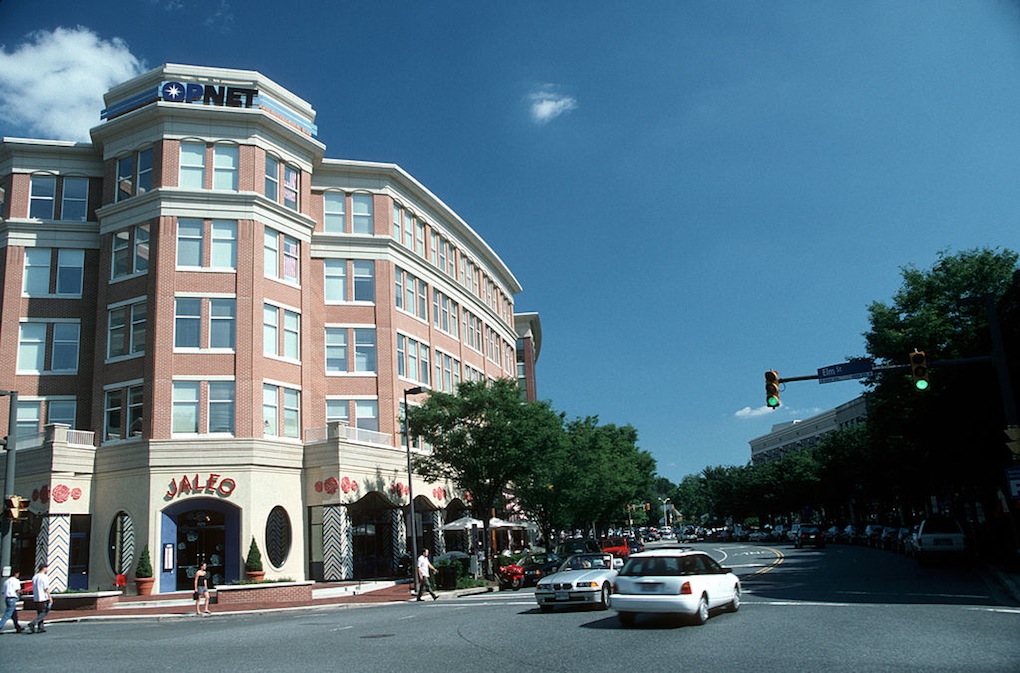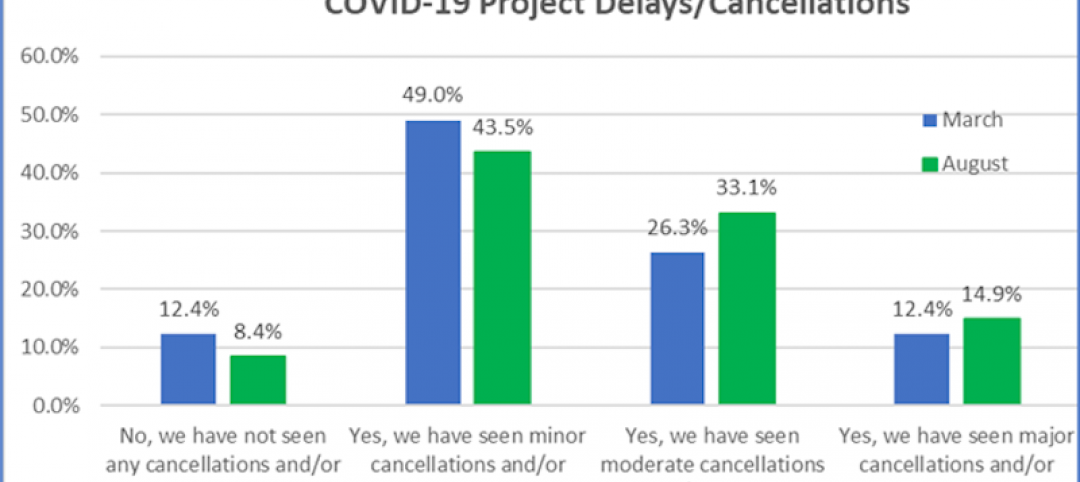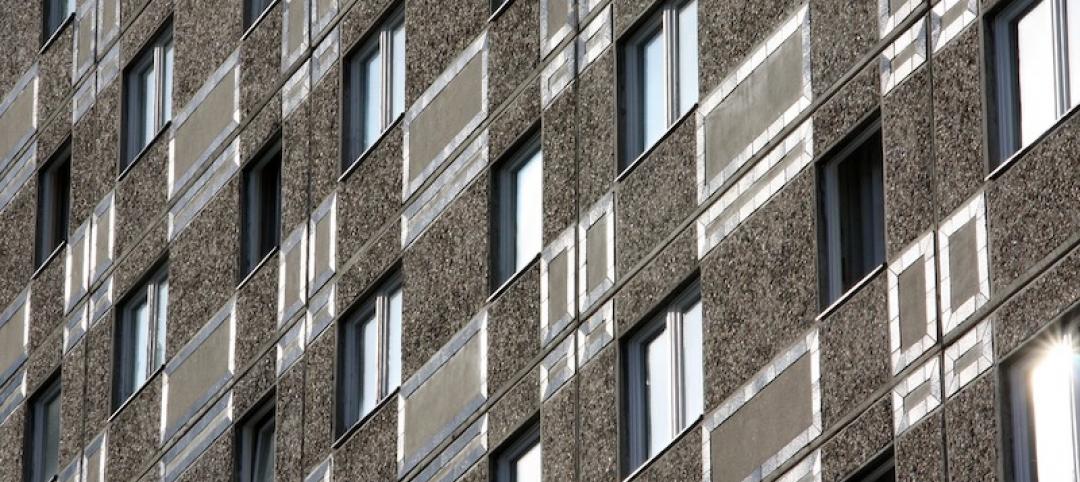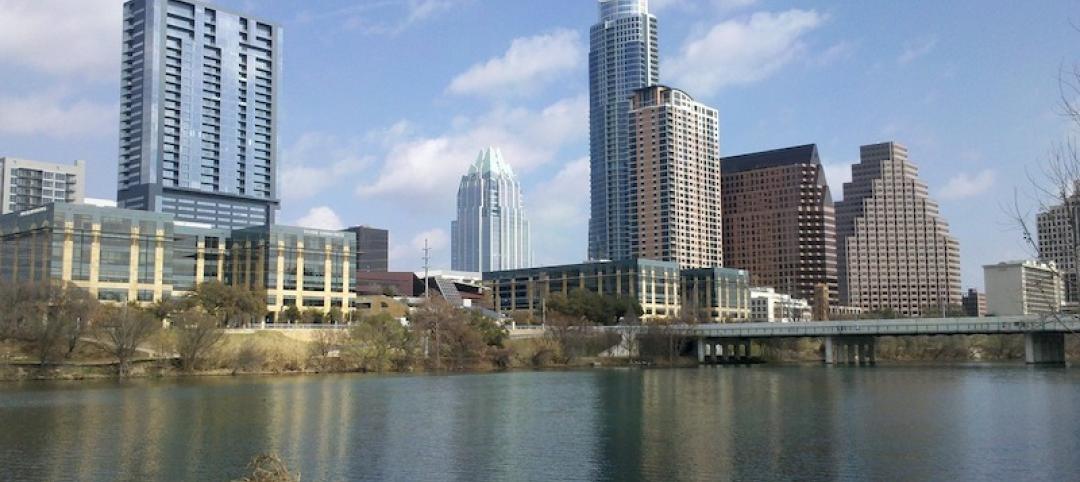In sharp contrast to most suburban communities in the Washington, D.C. area, Bethesda, Md. stands out as a fine exemplar of the new urbanism ethos.
Bethesda’s downtown area has become a densely populated, walkable area with multiple mass transit options. The central core of the Montgomery County community is vibrant with retail spaces, offices, and restaurants nestled among apartment buildings and condominiums.
Over the last few decades, Montgomery County rezoned areas around major transit hubs to allow increased density, embraced a mix of uses, and removed minimum parking requirements in downtown Bethesda. One D.C. Metro light rail station serves the area, with another in the planning stages.
Like other D.C. suburbs, Bethesda had been built up in the standard sprawl fashion, and more recently has been retrofitted into a more sustainable community. In order to foster smarter development, the county offers a density bonus for developers who are allowed to build bigger and taller if they put their parking below ground.
(http://grist.org/cities/heres-the-right-way-to-make-transit-and-density-work-in-the-suburbs/)
Related Stories
Codes and Standards | Nov 2, 2020
Wildfires can make drinking water toxic
Updated building codes could mitigate the danger.
Adaptive Reuse | Oct 26, 2020
Mall property redevelopments could result in dramatic property value drops
Retail conversions to fulfillment centers, apartments, schools, or medical offices could cut values 60% to 90%.
Codes and Standards | Oct 26, 2020
New seismic provisions for the National Earthquake Hazards Reduction Program released
The provisions present a set of recommended improvements to the ASCE/SEI 7-16 Standard.
Codes and Standards | Oct 22, 2020
More than 130 building projects have engaged LEED’s Safety First Credits in response to COVID-19
Best practices helping companies develop and measure healthy, sustainable, and resilient reopening efforts.
Codes and Standards | Oct 21, 2020
New technologies and techniques can ‘future-proof’ buildings
Net-zero principles may give buildings longer lives.
Codes and Standards | Oct 20, 2020
Updated AIA Contractor’s Qualification Statement and Warranty Bond documents available
Statement now includes safety protocols and plans, sustainability, and BIM experience.
Codes and Standards | Oct 19, 2020
NEXT Coalition chooses five pilot projects to fight COVID-19 on jobsites
Mobile platforms, wearable sensors, AI video systems among the trial solutions.
Codes and Standards | Oct 15, 2020
Neighborhoods Now offers cost-effective, DIY designs in response to COVID-19 pandemic
Designs include barriers for outdoor dining, sidewalk retail displays, and modular seating for public spaces.
Codes and Standards | Oct 14, 2020
Standard contract document for prefab and modular building released
ConsensusDocs addresses the most common prefabricated construction use-case scenario.
Codes and Standards | Oct 13, 2020
Austin is first major Texas city to adopt wildfire code
New ordinance based on the International Wildland-Urban Interface Code.

















